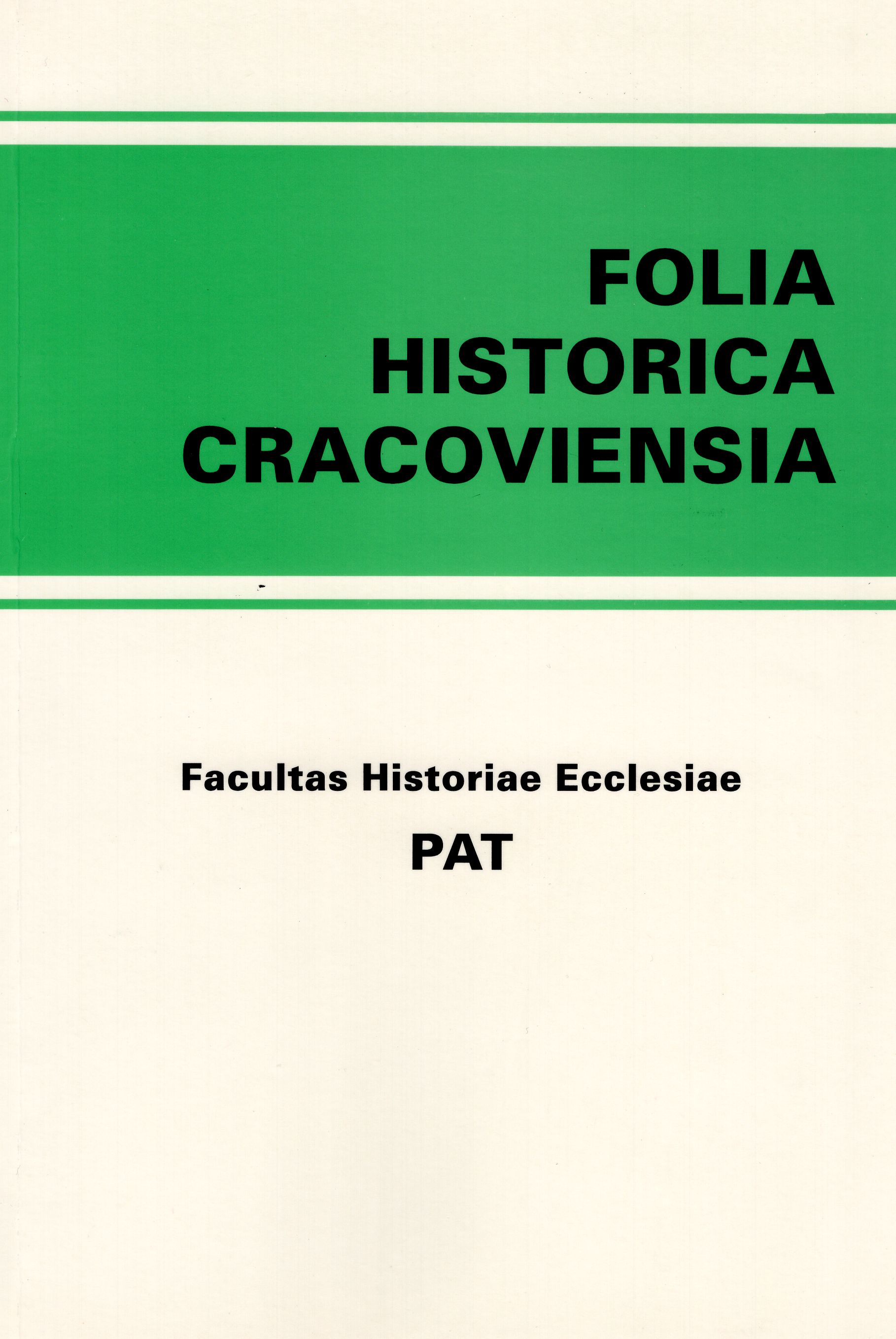Geneza scen pasyjnych na kolumnie zwanej Boża Męka przed klasztorem kamedułów na Bielanach, czyli o popularności rycin ilustrujących Evangelicae Historiae Imagines Hieronymusa Natalisa
The genesis of Passion scenes on the Passion of Christ column in front of the Camaldolese monastery in Bielany and the popularity of engravings illustrating Evangelicae Historiae Imagines by Hieronymus Natalis
Author(s): Beata Frey-StecSubject(s): History, Fine Arts / Performing Arts, Visual Arts, Local History / Microhistory, Modern Age, Theology and Religion
Published by: Wydawnictwo Naukowe Uniwersytetu Papieskiego Jana Pawła II w Krakowie
Keywords: monastery in Bielany; Camaldolese; scenes with Christ's Passion; black marble; Dębnik
Summary/Abstract: In front of the Camaldolese monastery at Bielany stands a figure placed on a plinth of a pillar, which is crowned with a shrine made of black Dębnik marble. The sides of the plinth and that of the shrine are decorated with scenes showing Christ’s Passion. It is probable that the depictions engraved in marble were made by the Zielascy brothers: Wojciech and Jacek. They were employed in the second half of the 17th century in workshops which produced items of black marble dug out in quarries at Dębnik, near Krzeszowice, and performed the most difficulttask: engraving in marble. A few scenes engraved on the pillar show great similarities to the scenes on the vault of the chapter-house in the Camaldolese monastery at Bielany, painted by Jan Koym in 1648, and to a few paintings from around 1673 in stalls of the convent of Norbertine Sisters choir. Similarities result from using the same graphic patterns - copperplates illustrating Evangelicae Historiae Imagines by Hieronymus Natalis. The illustrations in this book, which was published in Antwerp in 1593, imitated drawings of an Italian artist Bernardino Passeri, and were made by a few well-known engravers from Antwerp, the Wierix brothers: Anton and Hieronymus among others. From the eight scenes embellishing the pillar only one does not have its prototype in this work of art (the bad condition of two scenes prevents an unequivocal opinion in this matter.) The work of Natalis was very popular not only in Europe, but also in the Far East; artists working in Krakow often used the copperplates that illustrated it. One of such artists was Piotr Brygierski, who decorated St. John the Baptist’s chapel in the Camaldolese church at Bielany in 1655, which may be a proof that a copy of Evangelicae Historiae Imagines was kept in the Camaldolese library and lent to artists who were working for them. Popularity of drawings illustrating Natalis’ art in Krakow can be seen in the number of other paintings based on their example and preserved in the convent of the Sisters of St. Clare, Dominican and Carmelite monasteries and in Corpus Christi church. Artykuł podejmuje próbę przedstawienia genezy scen pasyjnych na kolumnie zwanej Boża Męka znajdującej się przed klasztorem kamedułów na Bielanach, cw oparciu o popularności rycin ilustrujących Evangelicae Historiae Imagines Hieronymusa Natalisa
Journal: Folia Historica Cracoviensia
- Issue Year: 11/2005
- Issue No: 1
- Page Range: 133-153
- Page Count: 21
- Language: Polish

